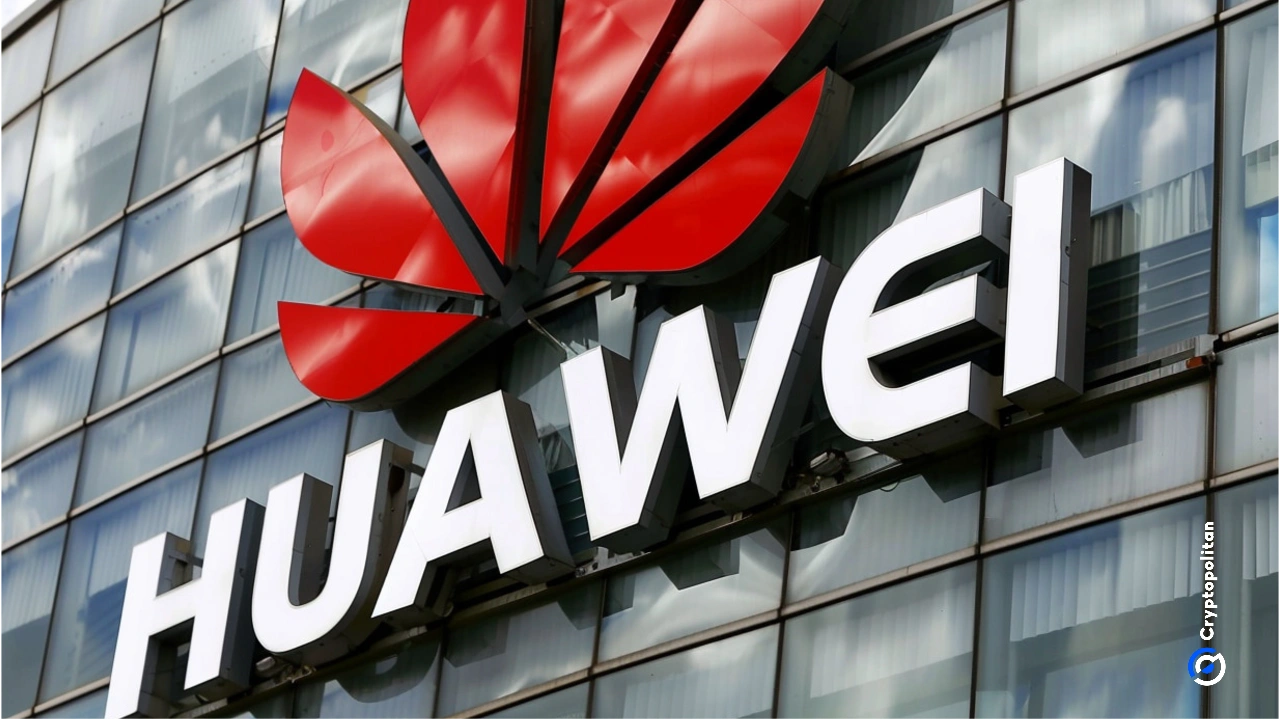Washington has thrown all its weight behind trying to keep this tech out of China’s hands. But somehow, Taiwan Semiconductor Manufacturing Co. (TSMC)’s circuitry is powering Huawei’s latest Ascend 910B chips, designed for artificial intelligence.
U.S. officials have been scrambling to keep Huawei off the list of top tech players, but here we are. According to sources familiar with the details and TechInsights — a Canadian research firm that literally takes apart tech products to see what’s inside — this TSMC tech should have been unreachable to Huawei.
TechInsights found TSMC’s handiwork inside Huawei’s AI chip. With Washington aiming to limit China’s AI ambitions due to its potential military applications, this chip leak lands like a gut punch.
TSMC’s products aren’t just any products; they’re the gold standard in semiconductor technology. The company’s market cap? Roughly $1 trillion, making it worth more than Tesla and Walmart.
The TSMC-Huawei link and sanctions evaders
The big question: how did this happen? Huawei shouldn’t have had access to TSMC tech, given the sweeping U.S. export controls that kicked in against the company in September 2020. In theory, those sanctions should have locked TSMC tech out of China’s reach.
But an initial probe by TSMC suggests that the tech slipped through a chain involving Sophgo, a Chinese chip company. Sources say Sophgo might have acted as a middleman, though TSMC’s investigation is still ongoing. The “die” technology—chip lingo for core circuitry—might have slipped in through this backdoor, raising flags on the effectiveness of U.S. sanctions.
People close to the situation mention another, less likely scenario. TSMC chips might have trickled into Huawei’s inventory before U.S. sanctions kicked in over four years ago. Either way, how this circuitry ended up in Huawei’s chips remains under investigation.
TSMC has reportedly canceled all new orders from Sophgo after marking them as suspicious and informed U.S. regulators of the potential violation. Sophgo, for its part, denied any connection with Huawei, claiming it never engaged in business with the company.
It even sent TSMC a report saying it was innocent, though U.S. authorities aren’t likely to take this at face value. The controversy digs up all kinds of concerns about the gray market, where companies offload excess inventory. Industry watchers say that Sophgo could have slipped TSMC components into unauthorized channels, which then found their way to Huawei’s high-performance AI hardware.
TechInsights’ role and the Commerce Department’s response
The U.S. Commerce Department is well aware of TechInsights’ findings. This Canadian research firm, founded in 1989, has a global audience that includes over 650 companies and 100,000 users. With its knack for reverse-engineering and teardowns, TechInsights has been a thorn in the side of companies trying to keep their tech under wraps.
Last year, TechInsights conducted a similar teardown on another Huawei chip, which led to a full Commerce Department review. Commerce Secretary Gina Raimondo pointed to this earlier report, saying the U.S. sanctions did somewhat throttle Huawei’s performance. But it’s obvious those efforts haven’t been enough.
Raimondo explained that while controls limited the chip’s efficiency, they couldn’t fully halt Huawei’s progress. That’s the catch here: slowing down is not the same as stopping, and Huawei’s Ascend 910B chip is proof that these restrictions have their limits.
To “ensure compliance,” the Commerce Department’s Bureau of Industry and Security has vowed to stay on top of these findings and is now conducting further checks. Whether those checks actually prevent a repeat of this incident is anyone’s guess.
Taiwan’s power price problem hits TSMC
TSMC’s challenges don’t end with Huawei. The chipmaking giant is also facing a power crisis on its home turf. Taiwan’s energy landscape is a mess right now. Electricity prices are shooting up, threatening TSMC’s operating costs at its Taiwan facilities.
According to TSMC’s Chief Financial Officer Wendell Huang, the price they’re paying for power at home is the highest across all their global sites. Electricity expenses have doubled in the past few years, leaving TSMC bracing for an even heftier bill next year.
Power prices have been jacked up four times since 2022. Why? Blame it on surging fossil fuel costs since the Russia-Ukraine war and Taiwan’s heavy reliance on imported energy. State-owned Taiwan Power Company has been bleeding money, and the government had no choice but to pass these costs onto industries like TSMC.
The chip giant, alongside other major industrial players, now pays about 25% more for power than it did before. Smaller companies and households got a pass on the latest price hike, but TSMC? No such luck.
Researcher Jheng Rui-he from Chung-Hua Institution for Economic Research highlighted that household electricity costs used to exceed those for industries. Now, TSMC and other exporters bear the brunt as the government shifts the financial weight to high-energy users.
By April, industrial electricity prices had jumped 11%, with more hikes looming. The government’s push for energy reform includes a 14% hike for top-tier industrial users like TSMC, who power Taiwan’s booming tech export market.
The problem goes deeper than price hikes. Taiwan’s power supply is stretched thin. While it scrambles to bring renewables up to speed, the country’s nuclear power phase-out and fossil fuel dependence keep Taiwan locked in an energy bind. In the 1980s, nuclear power supplied 50% of Taiwan’s energy; today, it’s at 6% and set to hit zero when the last reactor shuts down in 2025.
Taiwan’s renewable power only covers around 9.5% of its energy needs, despite big investments in offshore wind. Most of its electricity still comes from coal and liquefied natural gas, with both imports making up over 80% of its energy supply.
Rising power costs aren’t squeezing TSMC too hard financially — electricity only accounts for 1.5% of their operating costs, diluted by heavy R&D expenses. But power risks are now a clear credit concern, with TSMC’s chip production expansion at stake.
Expanding demand and risk for Taiwan’s semiconductor industry
The challenges are far from over. Taiwan’s tech industry is power-hungry. TSMC’s energy demand has practically doubled with each generation of semiconductor advancements, climbing to 40.5 kilowatt-hours for a single wafer in 2023. That’s nearly twice what it took back in 2017.
While Taiwan’s government keeps the pressure off key exporters like TSMC during outages, the country’s electricity supply operating reserve has fallen below the 15% target more than once in the past decade.
And it’s not just TSMC sucking up all the energy. Tech giants like Google are building data centers in Taiwan, which demand immense power. AI tech only boosts these demands, meaning Taiwan’s power crunch is far from over.
The American Chamber of Commerce in Taiwan flagged this in its white paper, calling stable, affordable electricity a “pressing challenge.” With coal and nuclear on the way out, Taiwan’s energy future looks shaky.
S&P Global added fuel to the fire in a recent note, calling Taiwan’s energy reliability “increasingly a credit risk” for TSMC. Shortfalls in power availability could hold back production for semiconductors, adding to an already challenging situation for the chipmaker.
The government, meanwhile, is trying to reassure the industry, but the numbers don’t lie. The rocketing demand for power and insufficient renewables mean this issue isn’t vanishing soon. And for TSMC, which has plants in the U.S. and Japan and one coming up in Germany, Taiwan’s power crisis is more than an inconvenience; it’s a factor in its global operations.










